ADVERTISEMENT
Craft your own sourdough starter at home! This simple recipe guides you through creating a bubbly, active starter for delicious sourdough bread.
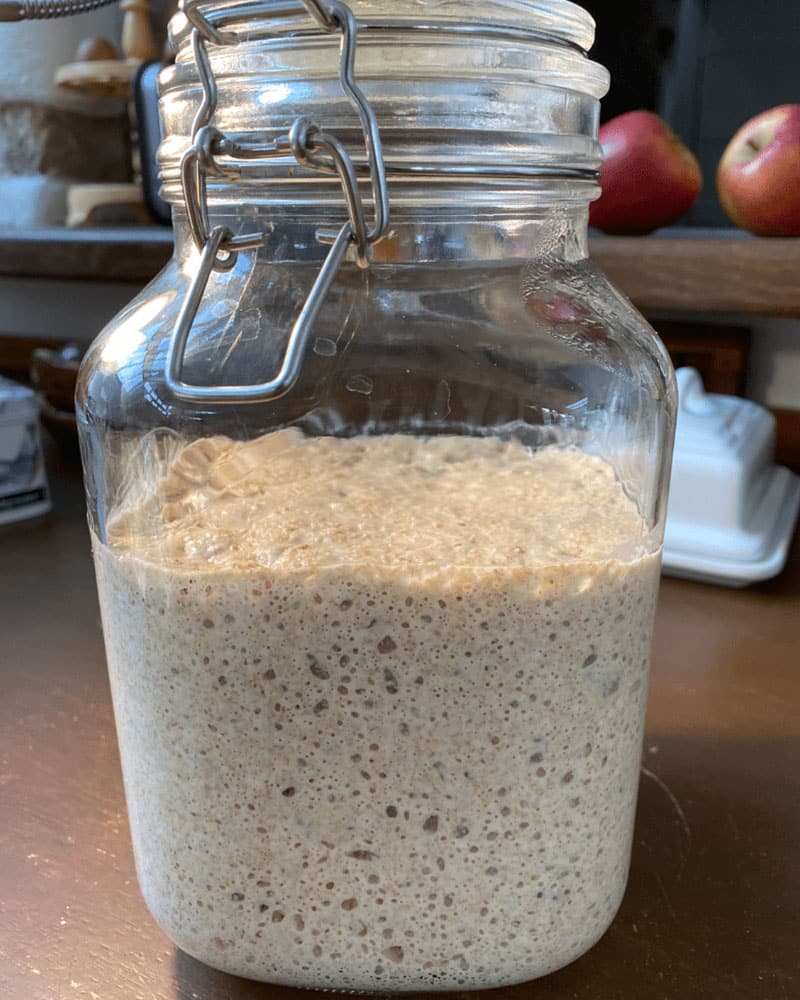
INGREDIENTS
- 6 cups (720 g) organic all-purpose flour
- 3 cups (360 g) organic whole wheat flour
- water
INSTRUCTIONS
ADVERTISEMENT
Day 1: Initial Mixing
- In a clean jar, combine 1/2 cup (60 grams) of flour with 1/4 cup (60 milliliters) of lukewarm water. Stir until the mixture is smooth and there are no dry patches. The consistency should be like a thick pancake batter.
- Cover the jar loosely with a cloth or coffee filter and secure with a rubber band. Place it in a warm spot with a stable temperature of around 70°F (21°C).
Day 2 and Day 3: Observing
- In the first 24 hours, you may not see much activity. By the second day, look for small bubbles starting to form, indicating that fermentation has begun.
- On day 3, you might see more bubbles, and the volume may increase slightly. Feed the starter by discarding about half of it and then adding another 1/2 cup of flour and 1/4 cup of water.
Day 4 to Day 7: Regular Feeding
- From day 4 onwards, feed your starter twice a day (morning and evening) by discarding all but 1/2 cup of the existing starter and adding 1/2 cup of flour and 1/4 cup of water each time.
- By the end of the week, your starter should be bubbly, have a pleasant tangy smell, and be ready to use. It should also double in size consistently after each feeding.
Maintenance:
- Once your starter is active, you can keep it on the counter and continue feeding it twice daily, or move it to the refrigerator for weekly feedings. If refrigerated, take it out once a week, let it come to room temperature, and feed it. Before using it for baking, let it sit out again to become active.
Usage:
- Use your starter to make sourdough bread, pancakes, waffles, and other fermented goods.
Note:
- If you notice any off colors like orange or pink, or it has an unpleasant smell, it’s best to discard it and start over. A healthy starter has a creamy, slightly tangy smell.
Tips:
- The temperature of the environment plays a significant role in the activity level of your starter. Warmer environments speed up fermentation.
- Using whole grain flours like whole wheat or rye can help to accelerate the initial cultivation of yeast and bacteria due to their higher nutrient content.
- Always use a clean spoon and container when feeding your starter to avoid contamination.
How To Make Sourdough Starter
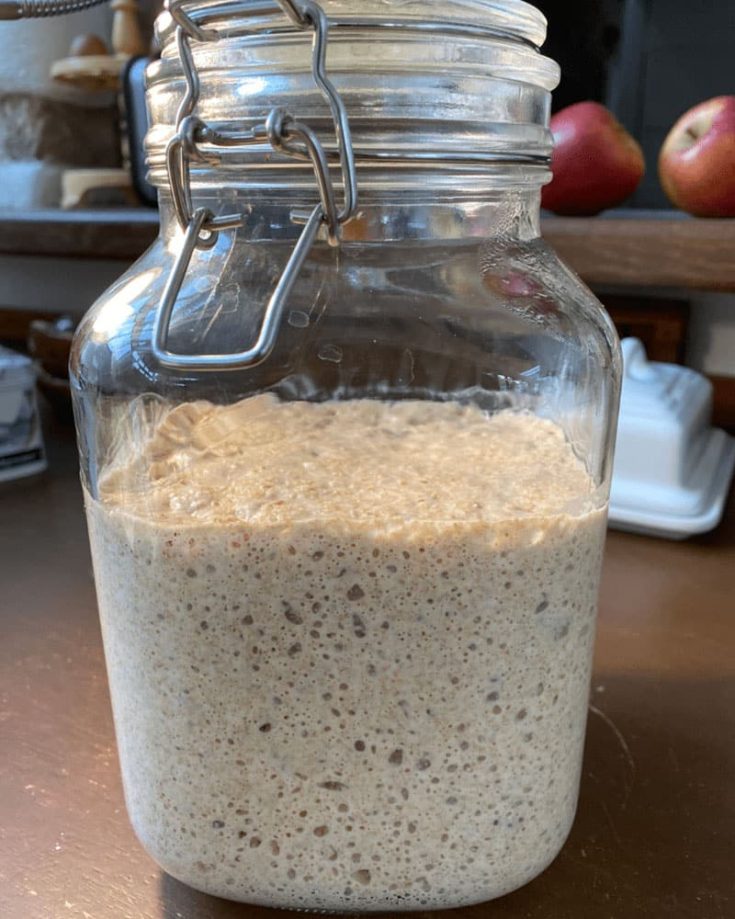
ADVERTISEMENT
Craft your own sourdough starter at home! This simple recipe guides you through creating a bubbly, active starter for delicious sourdough bread.
Prep Time
8 minutes
Fermentation Time
7 days
Total Time
7 days 8 minutes
Ingredients
- 6 cups (720 g) organic all-purpose flour
- 3 cups (360 g) organic whole wheat flou
- water
Instructions
Day 1: Initial Mixing
- In a clean jar, combine 1/2 cup (60 grams) of flour with 1/4 cup (60 milliliters) of lukewarm water. Stir until the mixture is smooth and there are no dry patches. The consistency should be like a thick pancake batter.
- Cover the jar loosely with a cloth or coffee filter and secure with a rubber band. Place it in a warm spot with a stable temperature of around 70°F (21°C).
Day 2 and Day 3: Observing
- In the first 24 hours, you may not see much activity. By the second day, look for small bubbles starting to form, indicating that fermentation has begun.
- On day 3, you might see more bubbles, and the volume may increase slightly. Feed the starter by discarding about half of it and then adding another 1/2 cup of flour and 1/4 cup of water.
Day 4 to Day 7: Regular Feeding
- From day 4 onwards, feed your starter twice a day (morning and evening) by discarding all but 1/2 cup of the existing starter and adding 1/2 cup of flour and 1/4 cup of water each time.
- By the end of the week, your starter should be bubbly, have a pleasant tangy smell, and be ready to use. It should also double in size consistently after each feeding.
Maintenance:
- Once your starter is active, you can keep it on the counter and continue feeding it twice daily, or move it to the refrigerator for weekly feedings. If refrigerated, take it out once a week, let it come to room temperature, and feed it. Before using it for baking, let it sit out again to become active.
Usage:
- Use your starter to make sourdough bread, pancakes, waffles, and other fermented goods.
Notes
- If you notice any off colors like orange or pink, or it has an unpleasant smell, it's best to discard it and start over. A healthy starter has a creamy, slightly tangy smell.
Tips:
- The temperature of the environment plays a significant role in the activity level of your starter. Warmer environments speed up fermentation.
- Using whole grain flours like whole wheat or rye can help to accelerate the initial cultivation of yeast and bacteria due to their higher nutrient content.
- Always use a clean spoon and container when feeding your starter to avoid contamination.
ADVERTISEMENT



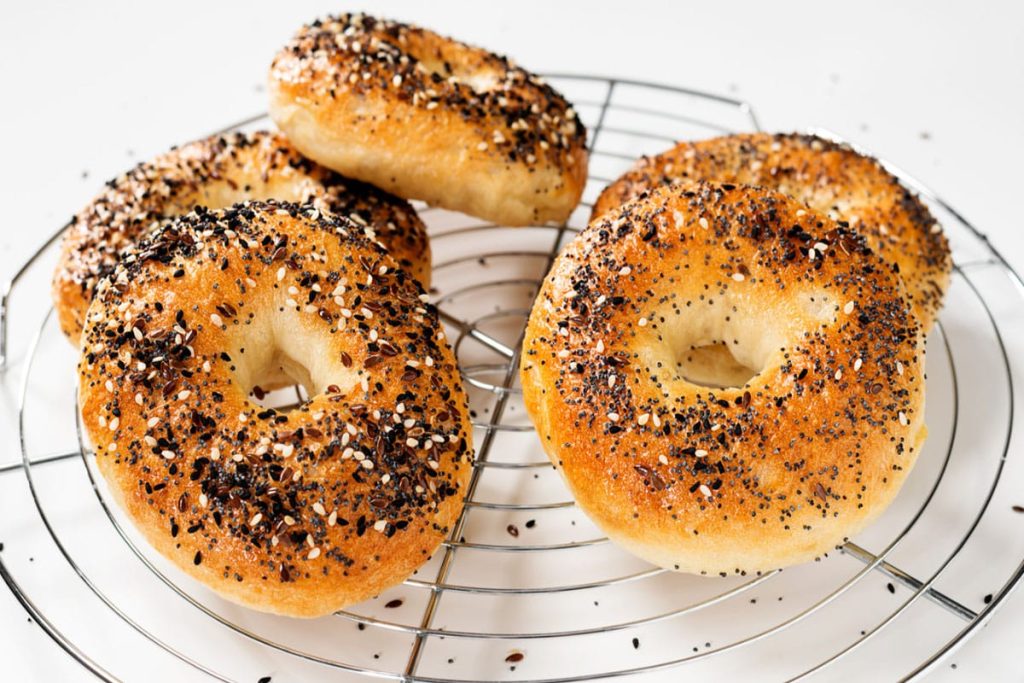
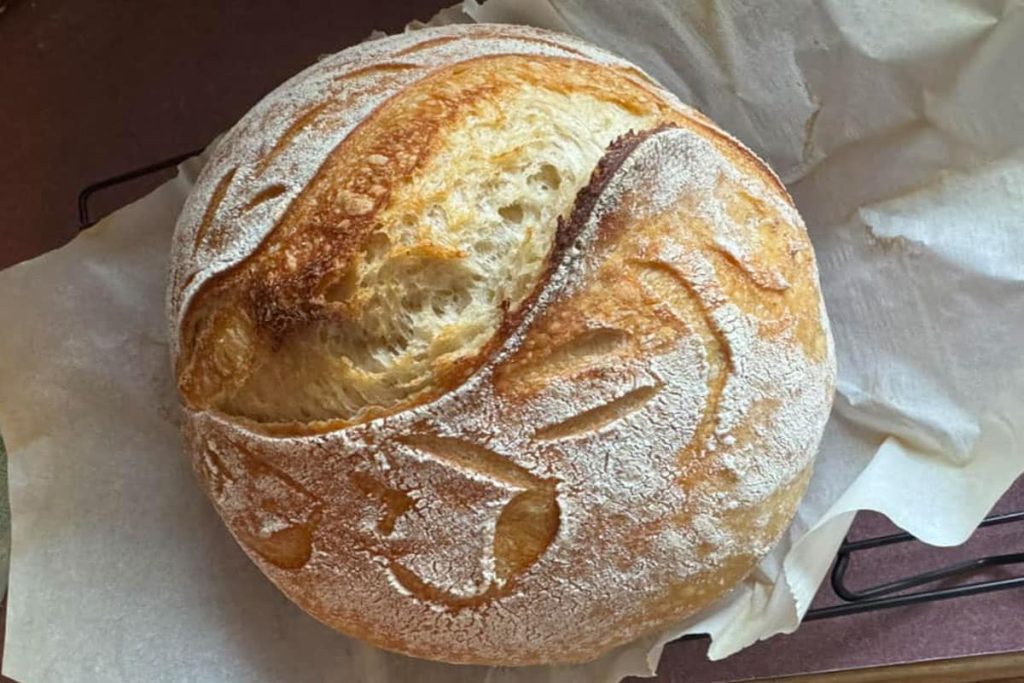
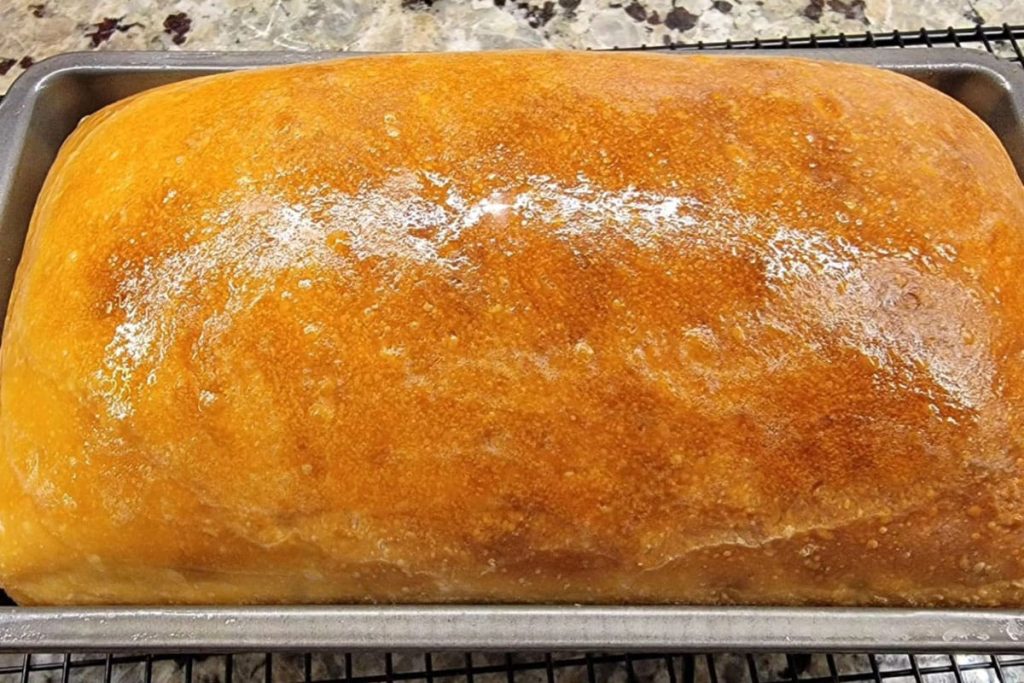
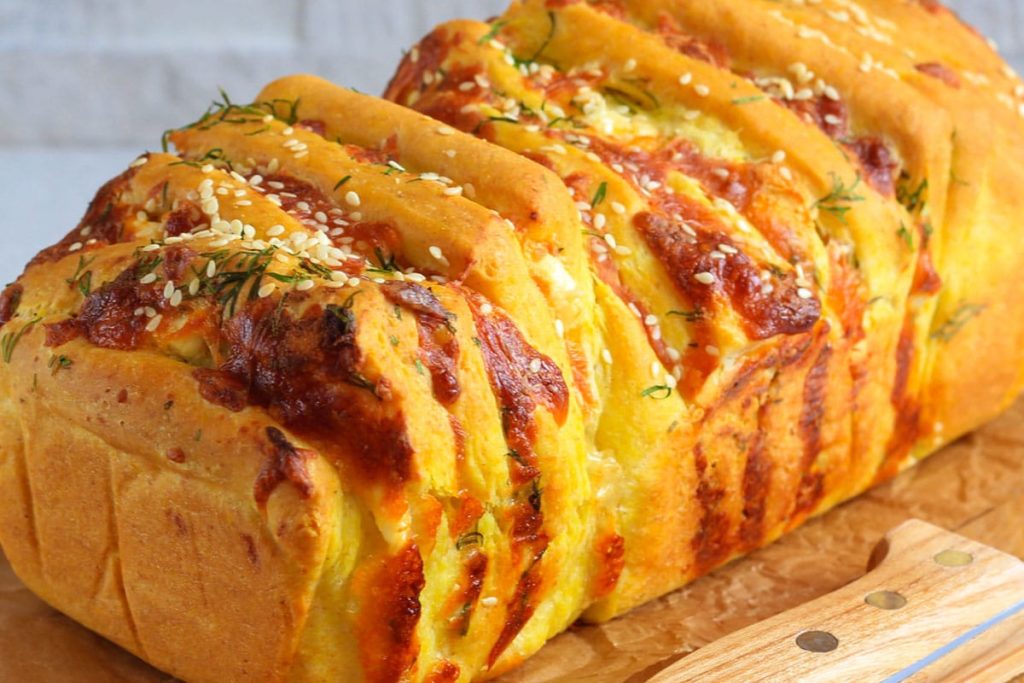
Needs to be in grams.
I’ll update it, thank you.